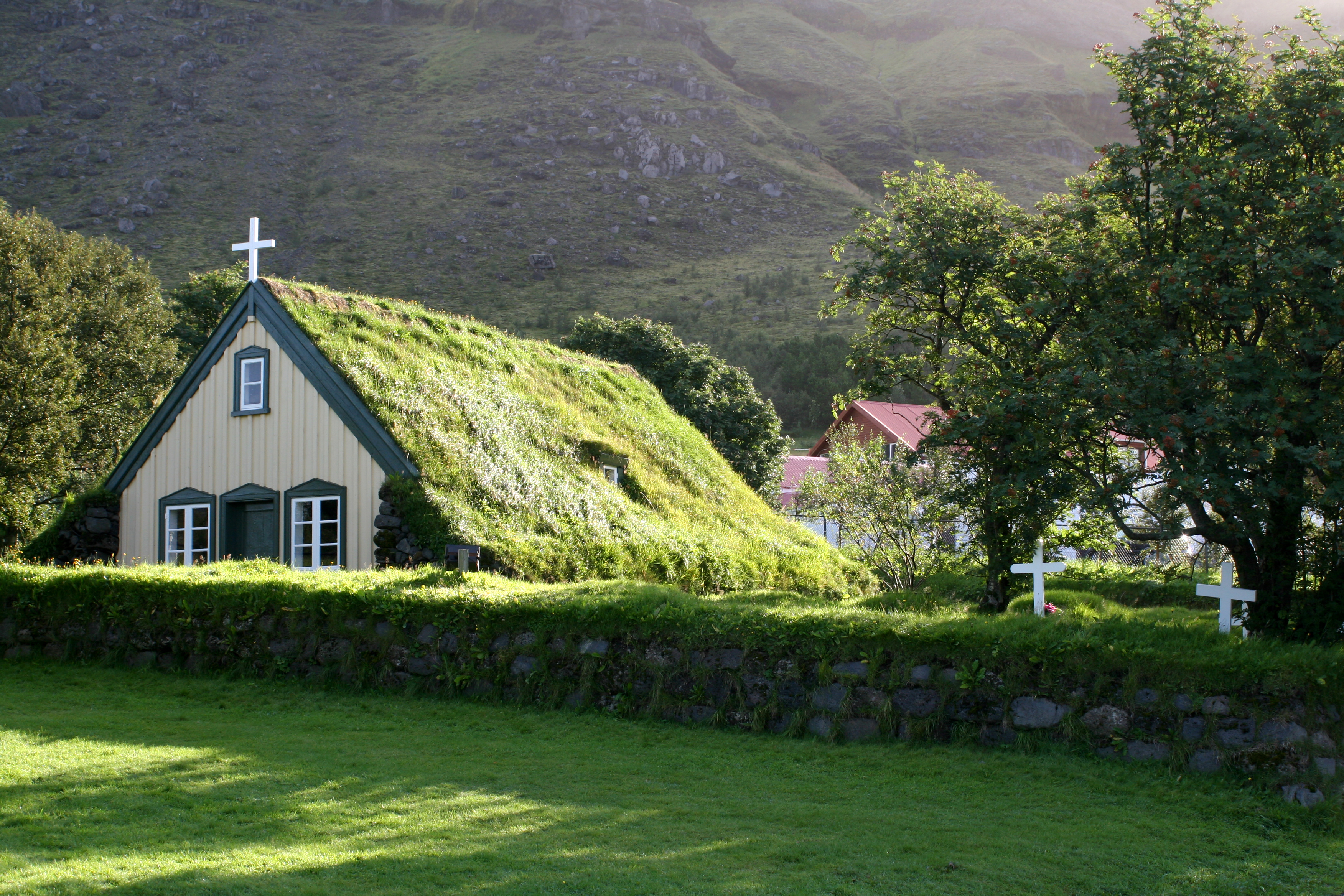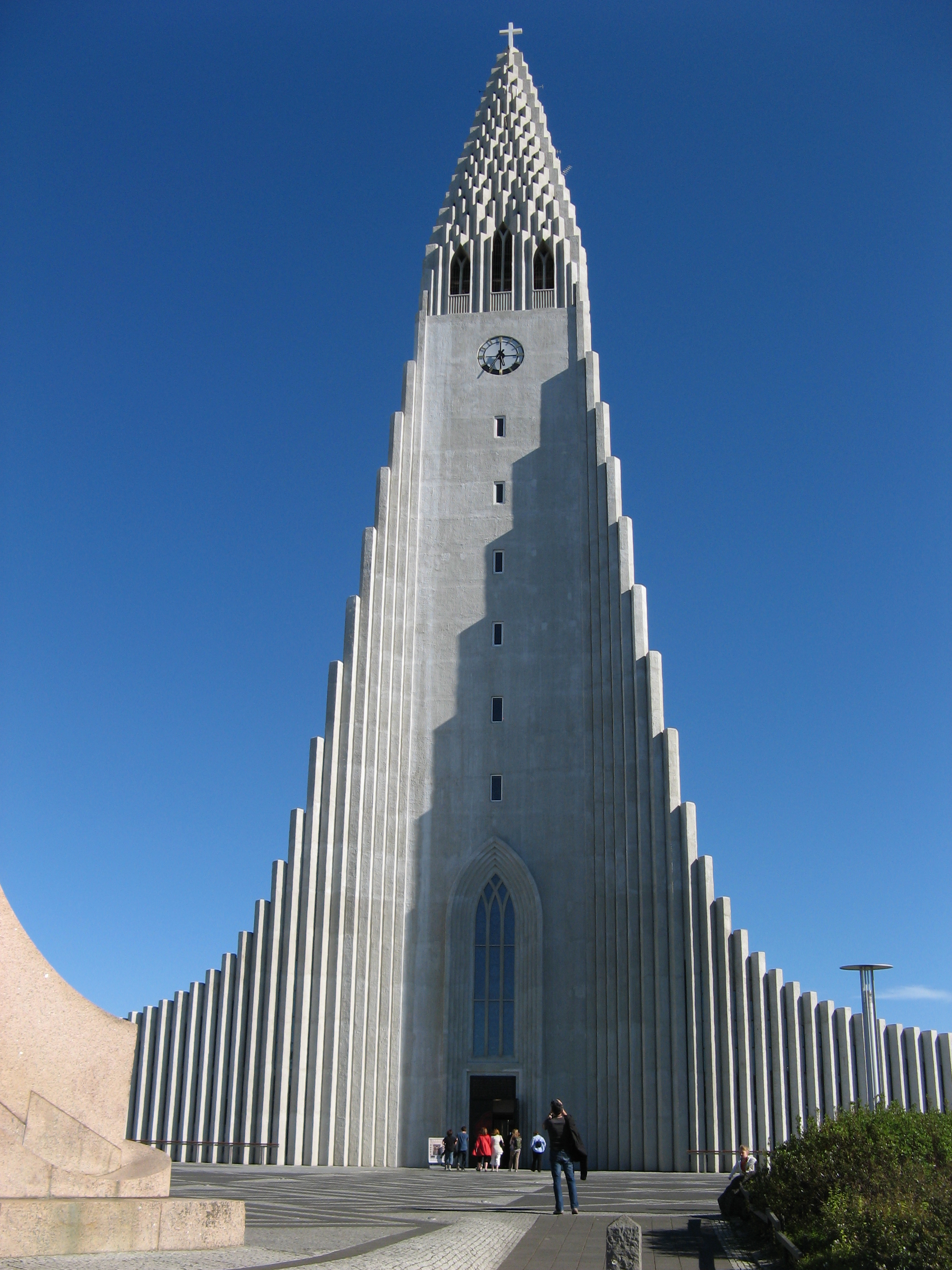|
Leiðarhólmsskrá
Leiðarhólmsskrá () was an agreement and an open letter to the King, named officials and the whole public, signed by 26 Icelandic chieftains in 1513, protesting ecclesiastical encroachment. Primarily the violation of the ''Sættargjörðin í Túnsbergi'', a treaty from 1277, reinstated in 1458, where power was divided between Church and King. Background In the 15th and 16th century the Church of Iceland, Icelandic Church had become the most powerful entity in the country, both economically and in military matters and had separate laws. Both Bishops and Clerics used had used this to further their powers even more by taking lands from their legal owners without the chieftains being capable of challenging this. The Church also dispensed Canonical law excessively, punishing harshly those who offended them while protecting murderers of non-clerics and other criminals. Sources #Vilborg Auður Ísleifsdóttir, ''Siðbreytingin á Íslandi 1537-1565'', Hið íslenzka bókmenntaféla ... [...More Info...] [...Related Items...] OR: [Wikipedia] [Google] [Baidu] |
Church Of Iceland
The Evangelical Lutheran Church of Iceland ( is, Hin evangelíska lúterska kirkja), also called the National Church ( is, Þjóðkirkjan), is the officially established Christian church in Iceland. The church professes the Lutheran faith and is a member of the Lutheran World Federation, the Porvoo Communion, the Communion of Protestant Churches in Europe and the World Council of Churches. The church is organised as a single diocese headed by the Bishop of Iceland. The current bishop is Agnes M. Sigurðardóttir, the first woman to hold this position. The church also has two suffragan sees, Skálholt and Hólar, whose bishops are suffragans or assistant bishops to the Bishop of Iceland; unusually, each has a cathedral church despite not being in a separate diocese. History Pre-Christian era and the adoption of Christianity Christianity was present from the beginning of human habitation in Iceland. The first people setting foot on Icelandic soil were Chalcedonian Irish he ... [...More Info...] [...Related Items...] OR: [Wikipedia] [Google] [Baidu] |
Economically
Economics () is the social science that studies the production, distribution, and consumption of goods and services. Economics focuses on the behaviour and interactions of economic agents and how economies work. Microeconomics analyzes what's viewed as basic elements in the economy, including individual agents and markets, their interactions, and the outcomes of interactions. Individual agents may include, for example, households, firms, buyers, and sellers. Macroeconomics analyzes the economy as a system where production, consumption, saving, and investment interact, and factors affecting it: employment of the resources of labour, capital, and land, currency inflation, economic growth, and public policies that have impact on these elements. Other broad distinctions within economics include those between positive economics, describing "what is", and normative economics, advocating "what ought to be"; between economic theory and applied economics; between rational and be ... [...More Info...] [...Related Items...] OR: [Wikipedia] [Google] [Baidu] |
Military
A military, also known collectively as armed forces, is a heavily armed, highly organized force primarily intended for warfare. It is typically authorized and maintained by a sovereign state, with its members identifiable by their distinct military uniform. It may consist of one or more military branches such as an army, navy, air force, space force, marines, or coast guard. The main task of the military is usually defined as defence of the state and its interests against external armed threats. In broad usage, the terms ''armed forces'' and ''military'' are often treated as synonymous, although in technical usage a distinction is sometimes made in which a country's armed forces may include both its military and other paramilitary forces. There are various forms of irregular military forces, not belonging to a recognized state; though they share many attributes with regular military forces, they are less often referred to as simply ''military''. A nation's military may ... [...More Info...] [...Related Items...] OR: [Wikipedia] [Google] [Baidu] |
Canonical Law
Canon law (from grc, κανών, , a 'straight measuring rod, ruler') is a set of ordinances and regulations made by ecclesiastical authority (church leadership) for the government of a Christian organization or church and its members. It is the internal ecclesiastical law, or operational policy, governing the Catholic Church (both the Latin Church and the Eastern Catholic Churches), the Eastern Orthodox and Oriental Orthodox churches, and the individual national churches within the Anglican Communion. The way that such church law is legislated, interpreted and at times adjudicated varies widely among these four bodies of churches. In all three traditions, a canon was originally a rule adopted by a church council; these canons formed the foundation of canon law. Etymology Greek / grc, κανών, Arabic / , Hebrew / , 'straight'; a rule, code, standard, or measure; the root meaning in all these languages is 'reed'; see also the Romance-language ancestors of the English wo ... [...More Info...] [...Related Items...] OR: [Wikipedia] [Google] [Baidu] |
History Of Christianity In Iceland
The history of Christianity in Iceland can be traced back to the Early Middle Ages when Irish hermits settled in Iceland at least a century before the arrival of the first Norse settlers in the 870s. Christianity started to spread among the Icelanders at the end of the 10th century. The adoption of the new faith by the whole population was the consequence of a compromise between the Christian and heathen chieftains, as well as the lawspeaker, at the national assembly or '' Alþingi'' of 999 or 1000. Initially missionary bishops and priests of foreign origin composed the clergy, but the number of local priests quickly increased. The first Icelandic bishop, Ísleifur Gissurarson was consecrated in 1056. Within fifty years two dioceses were established in the island, with their seats at Skálholt and Hólar which were subordinated to foreign archbishops. Landowners had a preeminent role in the administration of Church affairs and earned significant income from the tithe af ... [...More Info...] [...Related Items...] OR: [Wikipedia] [Google] [Baidu] |
1513 In Europe
Year 1513 ( MDXIII) was a common year starting on Saturday (link will display the full calendar) of the Julian calendar. Events January–June * March 9 – Pope Leo X (layman Giovanni di Lorenzo de' Medici) succeeds Pope Julius II, as the 217th pope, despite a strong challenge by Hungarian cardinal Tamás Bakócz. * March 27 – Juan Ponce de León becomes the first European definitely known to sight Florida, mistaking it for another island. * April 2 – Juan Ponce de León and his expedition become the first Europeans known to visit Florida, landing somewhere on the east coast. * April 2 – Juan Garrido (as part of Juan Ponce de León's expedition) becomes the first African known to visit North America, landing somewhere on the east coast of Florida. * May – Portuguese explorer Jorge Álvares lands on Lintin Island, in the Pearl River estuary. * June 6 – Italian Wars – Battle of Novara: Swiss mercenaries defeat the Frenc ... [...More Info...] [...Related Items...] OR: [Wikipedia] [Google] [Baidu] |
16th Century In Iceland
16 (sixteen) is the natural number following 15 and preceding 17. 16 is a composite number, and a square number, being 42 = 4 × 4. It is the smallest number with exactly five divisors, its proper divisors being , , and . In English speech, the numbers 16 and 60 are sometimes confused, as they sound very similar. Sixteen is the fourth power of two. For this reason, 16 was used in weighing light objects in several cultures. The British have 16 ounces in one pound; the Chinese used to have 16 ''liangs'' in one ''jin''. In old days, weighing was done with a beam balance to make equal splits. It would be easier to split a heap of grains into sixteen equal parts through successive divisions than to split into ten parts. Chinese Taoists did finger computation on the trigrams and hexagrams by counting the finger tips and joints of the fingers with the tip of the thumb. Each hand can count up to 16 in such manner. The Chinese abacus uses two upper beads to represent the 5s and 5 low ... [...More Info...] [...Related Items...] OR: [Wikipedia] [Google] [Baidu] |



